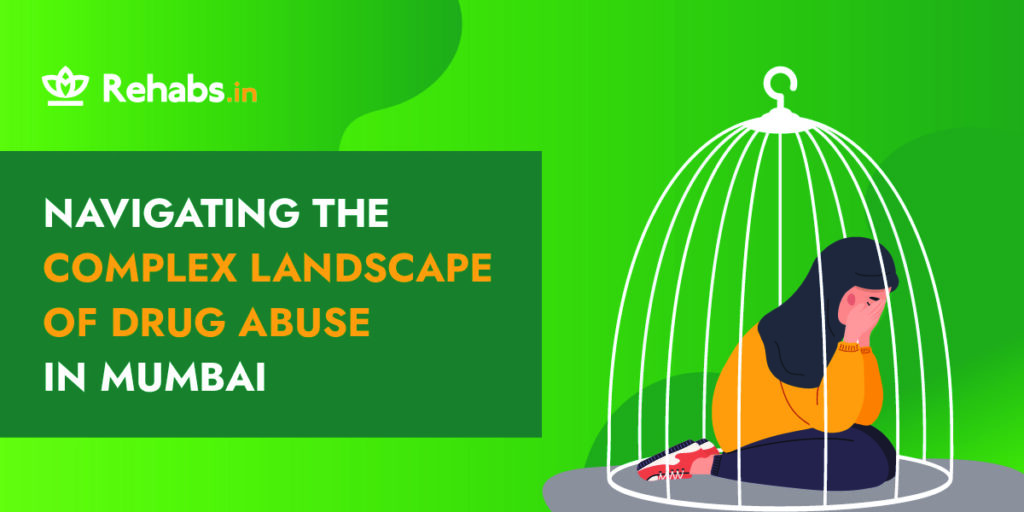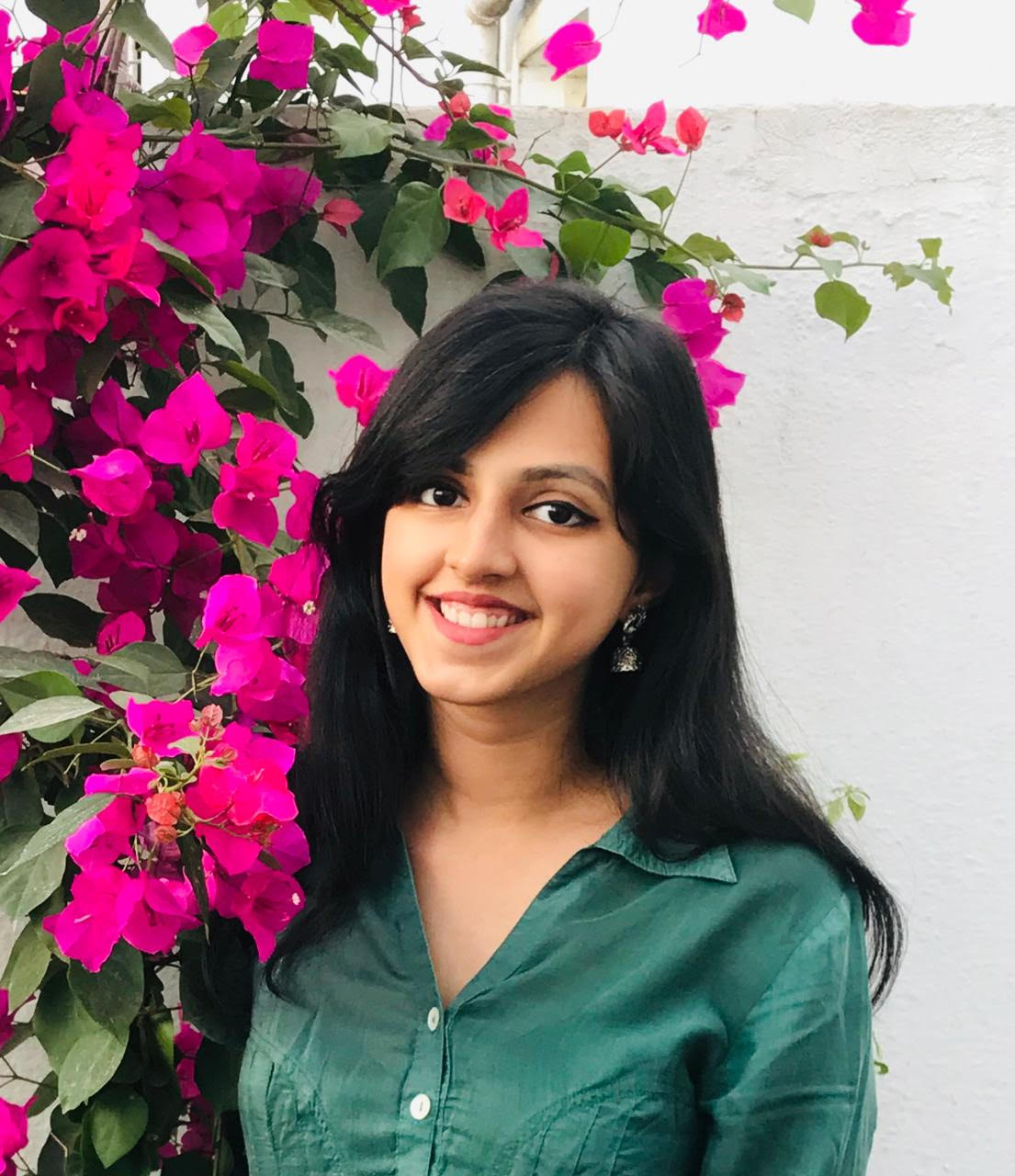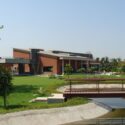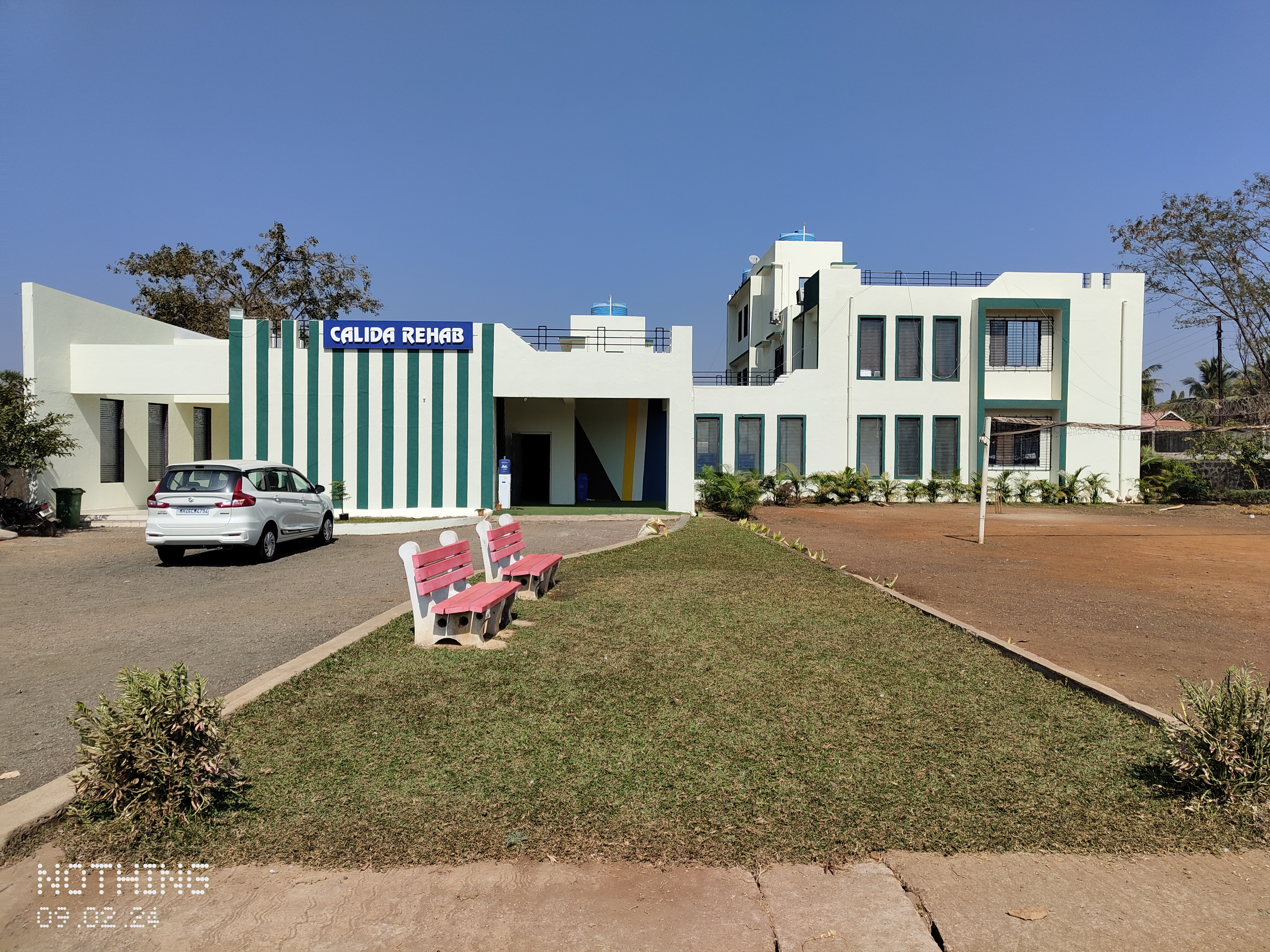Navigating the Complex Landscape of Drug Abuse in Mumbai

Drug abuse is a growing concern in India, as highlighted by the Ministry of Social Justice and Empowerment’s recent report on the “National Survey on Extent and Pattern of Substance Use in India” (2019). The report reveals that 16 crore people (14.6%) aged between 10 and 75 years are current alcohol users. Additionally, Mumbai recorded the highest number of cases under the Narcotic Drugs and Psychotropic Substances (NDPS) Act in 2020 among 19 metropolitan cities in the country.
In this blog, we delve into the factors contributing to this trend, the commonly abused substances, the societal impact, and efforts aimed at prevention and rehabilitation.
Introduction to Drug Abuse in Mumbai
The drug abuse situation in Mumbai presents a significant concern for both public health and safety. According to ‘Crime in India 2020,’ Mumbai reported 3,509 cases or incidents under the Narcotic Drugs and Psychotropic Substances (NDPS) Act in 2020, marking a substantial challenge in combating drug-related issues. This figure places Mumbai at the forefront of drug-related law enforcement cases among Indian cities, followed closely by Bengaluru (2,766 cases) and Indore (998 cases).
The prevalence of drug abuse not only poses health risks to individuals but also contributes to various social problems, including crime and violence. Efforts to address this issue require a comprehensive approach that combines law enforcement, prevention programs, and access to rehabilitation services to effectively tackle the root causes of drug abuse in Mumbai.
Factors Contributing to Drug Abuse in Mumbai
Several factors contribute to drug abuse in Mumbai, creating a complex landscape for understanding and addressing this issue.
Socio-economic Conditions:
Mumbai exhibits significant income inequalities, with a stark contrast between affluent areas and slums. Mumbai is home to approximately 243 individuals in India with a net worth exceeding $100 million, while nearly half of its 12 million residents reside in slums. This economic divide can push individuals from disadvantaged backgrounds towards drug use as a means of escapism or coping with stress.
The city’s high population density and limited job opportunities lead to unemployment and underemployment, especially among youth. According to a survey, the unemployment rate in urban areas of Maharashtra has risen from 4.4% in 2019-20 to 6.5% in 2020-21 following the Covid pandemic. Lack of productive engagement can increase susceptibility to drug experimentation and addiction.
Urban Stressors:
Mumbai’s status as India’s most expensive city adds pressure on residents to maintain a certain lifestyle, which can lead to stress and anxiety. Along with that, daily commutes in Mumbai are often lengthy and stressful, contributing to fatigue and frustration among commuters, which may prompt some individuals to turn to substances for relaxation or stimulation. Many residents live in cramped spaces due to limited affordable housing options, leading to a lack of privacy and increased interpersonal tensions.
City’s Position as a Major Port for Drug Trafficking:
Mumbai’s strategic location on the western coast and its well-developed transportation infrastructure, including the port, make it a key entry point for drug trafficking networks. This facilitates the availability of illicit substances within the city. Directorate of Revenue Intelligence (DRI) officials at Mumbai’s Port intercepted a shipping container labelled as carrying green apples and pears from South Africa, revealing 50 bricks of high-quality cocaine worth ₹502 crores hidden inside, marking one of India’s largest drug seizures.
A DRI source said, “The seizures of high-value narcotics have increased in Mumbai of late for one reason: the global shift in the method of trafficking. Narcotics trafficking has shifted to trade-based sea routes, which allows smuggling in large quantities and the possible concealment of contraband among legitimate goods. In comparison, using couriers to traffic narcotics via the air route has its limitations—the quantity would be much smaller, from a few grams to a few kilograms.”
Despite efforts, drug trafficking prevention in India has seen limited success due to low prioritisation, resulting in inadequate urgency in apprehending drug peddlers and conducting thorough investigations. Turf conflicts among agencies, corruption, intelligence lapses, insufficient manpower and infrastructure, inadequate drug detection training, and procedural delays further hinder the effectiveness of the country’s anti-drug initiatives.
Commonly Abused Substances in Mumbai
Drug abuse is a significant issue that affects communities across India, including metropolitan areas like Mumbai. While specific data for Mumbai may not be available, national statistics provide insights into the commonly abused drugs in the country.
- Alcohol: Alcohol is the most commonly abused psychoactive substance in India, with a significant portion of the population consuming it regularly.
- Cannabis: Cannabis, including marijuana (ganja) and hashish (charas), is one of the next commonly used substances in India. About 2.8% of the population (around 3.1 crore individuals) reports having used some form of cannabis product within the previous year.
- Opioids: Opioids are also prevalent in India, encompassing substances like opium (or its variants like poppy husk known as doda/phukki), heroin (or its impure form – smack or brown sugar), and various pharmaceutical opioids. About 2.1% of the country’s population (around 2.26 crore individuals) uses opioids.
- Heroin: While specific data for heroin abuse in Mumbai isn’t available, opioids as a category are significant in terms of substance abuse in India, with heroin being one of the substances within this category.
- Prescription Medications: Certain prescription medications, especially opioids and sedatives, are also abused in India, although data on the prevalence of their abuse in Mumbai specifically is not readily available.
The Impact of Drug Abuse on Mumbai’s Society
Drug abuse is a multifaceted issue that permeates the fabric of society, impacting individuals, families, and communities in Mumbai in profound ways. Beyond its immediate health implications, drug abuse ripples into various aspects of life, contributing to increased crime rates, strained familial relationships, social stigma, and community challenges.
Individuals grappling with drug abuse often face severe health consequences. For instance, heroin and opioid abuse can lead to respiratory depression, overdose, and infectious diseases like HIV/AIDS through needle sharing. Cannabis abuse may contribute to difficulty with attention and other cognitive impairments, while alcohol abuse can result in liver damage, cardiovascular problems, and addiction.
Drug abuse strains familial relationships and dynamics. Families of individuals struggling with substance abuse often experience emotional turmoil, financial strain, and disruptions in daily life. Children in such households may suffer neglect, trauma, and developmental issues, impacting their well-being and future prospects.
Drug abuse correlates with increased involvement in criminal activities. Substance users may engage in drug-related crimes such as possession, distribution, and theft to support their addiction. Additionally, the illegal drug trade fuels organised crime and violence within communities, contributing to a cycle of criminality and social unrest.
The social stigma associated with drug abuse results in discrimination, marginalisation, and isolation of individuals and families, impeding their access to healthcare, employment opportunities, and social support. This stigma further exacerbates the challenges faced by those affected by substance abuse, creating barriers to recovery and societal integration.
Challenges in Combating Drug Abuse
Addressing drug abuse is a complex endeavour fraught with various challenges that authorities and organisations must navigate. The Narcotic Drugs and Psychotropic Substances Act (NDPS Act) of 1985 has faced criticism due to perceived loopholes in its various provisions. These loopholes have the potential to be exploited or may lead to unintended consequences. For instance, section 8(c) of the Act criminalises the possession of small amounts of drugs without distinguishing between personal use and trafficking. This lack of differentiation can result in the punishment of drug users instead of emphasising rehabilitation efforts.
Corruption within law enforcement agencies and government bodies undermines anti-drug initiatives by fostering an environment of impunity for drug traffickers and peddlers. Bribery, collusion, and influence peddling can compromise the integrity of drug enforcement efforts.
Another challenge is the insufficient access to quality rehabilitation facilities, and treatment programs poses a significant challenge. Limited resources, long waiting lists, and lack of specialised care contribute to gaps in addressing the rehabilitation needs of individuals struggling with substance abuse.
Prevention and Rehabilitation Efforts
In Mumbai, substance abuse prevention and rehabilitation efforts are undertaken by government agencies, non-governmental organisations (NGOs), and community groups to address drug abuse. Some examples include:
- Drug Abuse Prevention Officers (DAPOs): The Mumbai Police, in collaboration with the Narcotics Control Bureau (NCB), appoint Drug Abuse Prevention Officers who conduct awareness campaigns, educational programs, and counselling sessions to prevent drug abuse and promote healthy lifestyles.
- Integrated Rehabilitation Centre for Addicts (IRCA): The Maharashtra government operates IRCA centres across Mumbai, providing comprehensive rehabilitation services, including detoxification, counselling, vocational training, and reintegration support for individuals recovering from substance abuse.
- Society for Promotion of Youth and Masses (SPYM): SPYM operates outreach programs, rehabilitation centres, and community-based interventions targeting vulnerable populations in Mumbai. Their initiatives focus on awareness, counselling, skill-building, and aftercare services for drug users.
Local community organisations, in partnership with government agencies and NGOs, conduct awareness campaigns, workshops, and seminars to educate residents about the risks of drug abuse, available resources, and avenues for seeking help. One such organisation is Maria Ashiana, an organisation established in Mumbai in 1998 to tackle substance and alcohol abuse among street children.
Strategies for Effective Intervention
Combating drug abuse in Mumbai requires a multifaceted approach that integrates strategies focused on law enforcement, public education, and enhanced rehabilitation services. Law enforcement efforts should prioritise targeting drug trafficking networks, dismantling supply chains, and prosecuting offenders while ensuring fairness and due process.
Public education campaigns should raise awareness about the risks of drug abuse, promote healthy lifestyles, and provide information about available resources for prevention and treatment. Additionally, enhancing rehabilitation services involves expanding access to quality treatment facilities, implementing evidence-based interventions, and offering comprehensive support to individuals recovering from substance abuse to facilitate successful reintegration into society.
Conclusion
The need to address drug abuse in Mumbai is paramount due to its far-reaching impacts on individuals, families, and communities. Substance abuse not only poses serious health risks, leading to addiction, overdose, and various physical and mental health complications, but also contributes to increased crime rates, strained familial relationships, and social instability.
Drug abuse perpetuates a cycle of poverty, marginalisation, and stigmatisation, hindering individuals’ access to education, employment opportunities, and social support systems. By addressing drug abuse effectively, Mumbai can create a healthier and safer environment, promote community well-being, and foster opportunities for individuals to lead productive and fulfilling lives free from the harms of substance abuse.
If you or someone you know is struggling with addiction, remember that treatment options are accessible. Explore our curated directory of treatment centres located throughout Mumbai here.
Sources:
Cannabis (Marijuana) DrugFacts | National Institute on Drug Abuse. (2024, March 21). National Institute on Drug Abuse. https://nida.nih.gov/publications/drugfacts/cannabis-marijuana
Desk, F. W., & Desk, F. W. (2022, October 22). Mumbai home to most of India’s centi-millionaire population, 3rd highest in the world. Free Press Journal. https://www.freepressjournal.in/business/mumbai-home-to-most-of-indias-centi-millionaire-population-3rd-highest-in-the-world
Drinking too much alcohol can harm your health. Learn the facts | CDC. (n.d.). https://www.cdc.gov/alcohol/fact-sheets/alcohol-use.htm
Drug addiction. (n.d.). https://pib.gov.in/PressReleasePage.aspx?PRID=1842697
Drug trafficking a challenge to India’s security. (2017, June 30). WION. https://www.wionews.com/south-asia/drug-trafficking-a-challenge-to-national-security-17448
Express News Service. (2018, March 24). The new anti-drug squad: Who they are, what they will do. The Indian Express. https://indianexpress.com/article/cities/chandigarh/the-new-anti-drug-squad-who-they-are-what-they-will-do-5109485/
Images, G. (n.d.). Most expensive cities in India for a living. The Economic Times. https://economictimes.indiatimes.com/news/india/most-expensive-cities-in-india-for-a-living/mumbai/slideshow/102206084.cms
Kulshreshtha, S. (2023, March 8). State’s urban population and unemployment rate, both see an increase. Hindustan Times. https://www.hindustantimes.com/cities/mumbai-news/states-urban-population-and-unemployment-rate-both-see-an-increase-101678304309423.html
Lander, L. R., Howsare, J., & Byrne, M. (2013). The Impact of Substance use Disorders on families and Children: From Theory to practice. Social Work in Public Health, 28(3–4), 194–205. https://doi.org/10.1080/19371918.2013.759005
Mukherjee, O., Singh, N., & Singh, N. (2021, October 25). Drug abuse in India: Mumbai recorded highest NDPS cases among metros in 2020; Uttar Pradesh top state. News18. https://www.news18.com/news/india/drug-abuse-in-india-mumbai-recorded-highest-ndps-cases-among-metros-in-2020-uttar-pradesh-top-state-4361495.html
National Drug Dependence Treatment Centre (NDDTC) & All India Institute of Medical Sciences (AIIMS), New Delhi. (2019). Magnitude of Substance Use in India. In socialjustice.gov.in. MINISTRY OF SOCIAL JUSTICE AND EMPOWERMENT. https://socialjustice.gov.in/writereaddata/UploadFile/Survey%20Report.pdf
NDPS Act, 1985: Loopholes and Misuse. (n.d.). https://www.legalserviceindia.com/legal/article-13293-ndps-act-1985-loopholes-and-misuse.html
Pierce, M., Hayhurst, K. P., Bird, S. M., Hickman, M., Seddon, T., Dunn, G., & Millar, T. (2017). Insights into the link between drug use and criminality: Lifetime offending of criminally-active opiate users. Drug and Alcohol Dependence, 179, 309–316. https://doi.org/10.1016/j.drugalcdep.2017.07.024
Prescription Opioids DrugFacts | National Institute on Drug Abuse. (2023, May 25). National Institute on Drug Abuse. https://nida.nih.gov/publications/drugfacts/prescription-opioids
Sharan, A. (2023, September 24). Boom in high-value narcotics intercepted at Mumbai ports. Hindustan Times. https://www.hindustantimes.com/cities/mumbai-news/boom-in-high-value-narcotics-intercepted-at-mumbai-ports-101695582711922.html
SPYM. (2024, January 29). About SPYM | Non-Profit organisation. https://spym.org/about-spym/

















